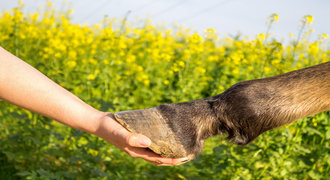
Hoof Abscesses
Your horse’s feet have a very tough job. Not only do they have to bear the weight of the horse over a relatively small surfa...
04 June 2019
Read More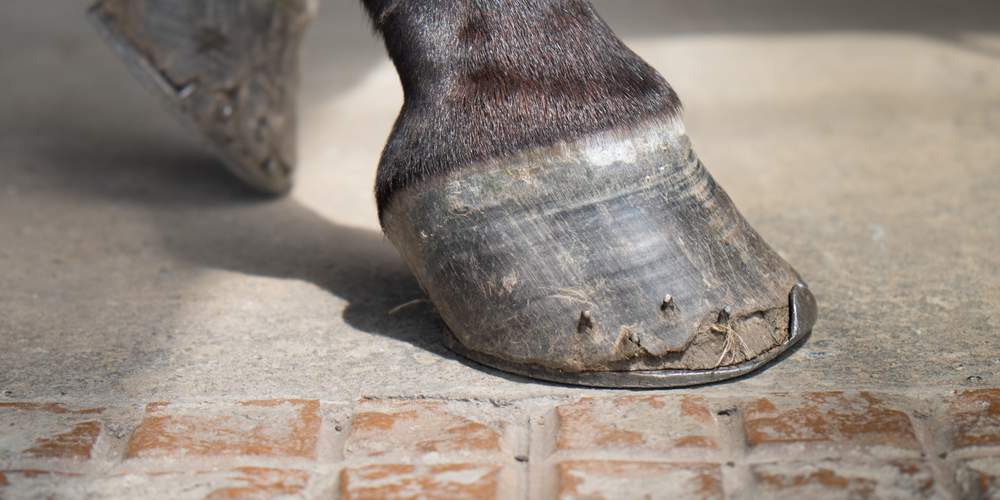
6 Common Horse Hoof Care Ailments
Thrush
This is a bacterial infection most often caused by a consistently damp environment. If left untreated it can cause lameness and damage to the deeper structures of the foot. The characteristic black discharge around the frog is usually easy to spot and the pungent smell is hard to miss! If your horse has thrush you will need to scrub out the foot daily and then keep the foot dry until it clears. It’s best to speak to your vet or farrier for advice.
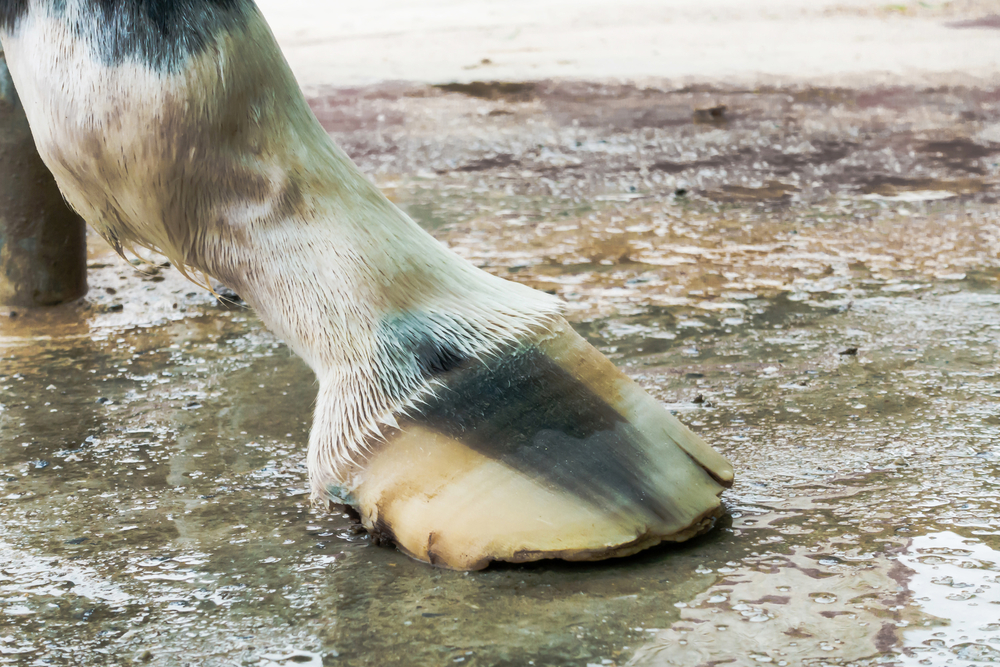
Hoof abscess/pus in the foot
This is an infection inside the hoof and one of the most common causes of lameness. The horse will usually become suddenly and severely lame, sometimes intermittently. There may be heat in the foot and a raised digital pulse. The abscess will need to be identified and drained and the foot poulticed so you will need to call your farrier or vet immediately. Antibiotics are rarely necessary; however, as with all penetrating injuries to the foot, tetanus vaccination must be up to date.
Nail bind
This can be caused if your farrier accidentally places a nail too close to the sensitive part of the foot. The horse will show signs of inflammation and lameness soon after shoeing. If the nail is accidentally driven into the sensitive part of the foot it is termed nail prick and the horse will usually show immediate signs of lameness. In both instances there may be heat in the foot and an increased digital pulse. Your farrier will need to remove the nail as soon as possible and the foot should be poulticed in case of infection. Tetanus protection must be up to date.
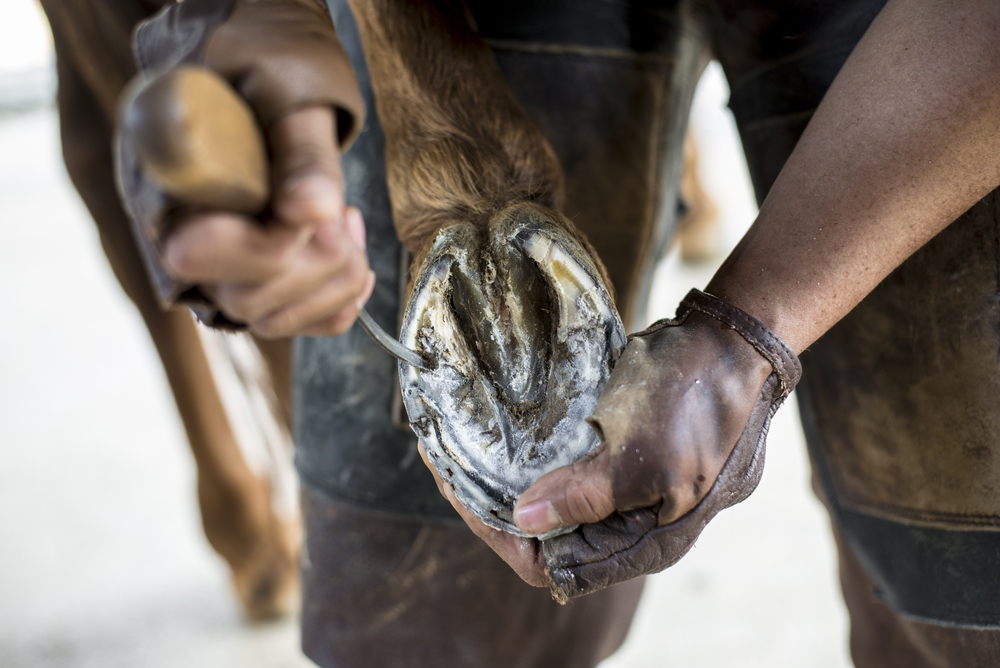
Bruised soles
Injury, standing on hard objects or concussion from hard ground can bruise your horse’s soles and cause lameness. Poor trimming or shoeing can also have an effect. The horse will need rest on a soft surface until it is sound again and may need anti-inflammatories so it is best to call your vet. Remedial shoeing may be required.
Laminitis
Laminitis is a painful and crippling foot disease, most commonly seen in the front feet although all four feet or just the hind feet may be affected. It causes inflammation of the laminae tissues. There are a number of causes but the most common are related to inappropriate nutrition and hormonal changes. Read more about laminitis here. The horse may shift weight from foot to foot or be reluctant to move altogether. Laminitis needs emergency treatment so it’s important to call your vet immediately.
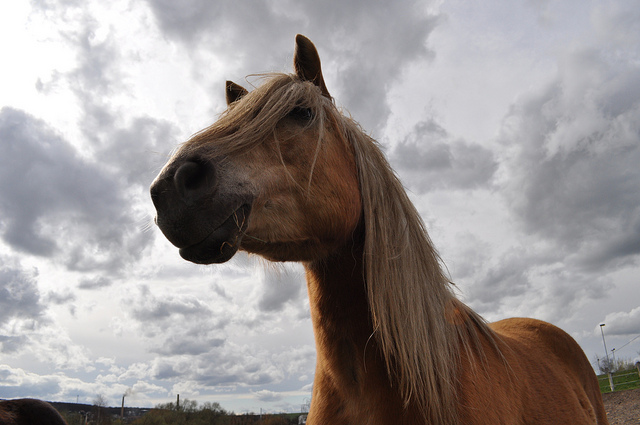
What’s new in horse hoof care?
Advances in nutrition and our knowledge of horse hoof care are continuing to improve the condition and maintenance of our horses’ feet. Given recent innovations in plastic horseshoes it also seems that the days of the metal horseshoe may be numbered – who knows what might be next in terms of equine footwear.

Your horse’s feet have a very tough job. Not only do they have to bear the weight of the horse over a relatively small surfa...
04 June 2019
Read More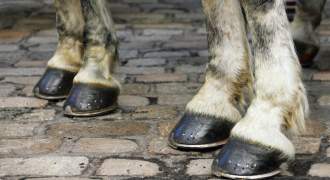
Your horse’s feet have a very tough job. Not only do they have to bear the weight of the horse over a relatively small surfa...
03 April 2017
Read More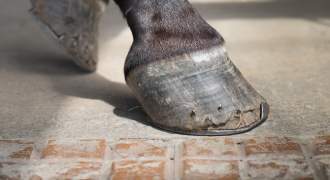
6 Common Horse Hoof Care Ailments Thrush This is a bacterial infection most often caused by a consistently damp environme...
03 April 2017
Read More